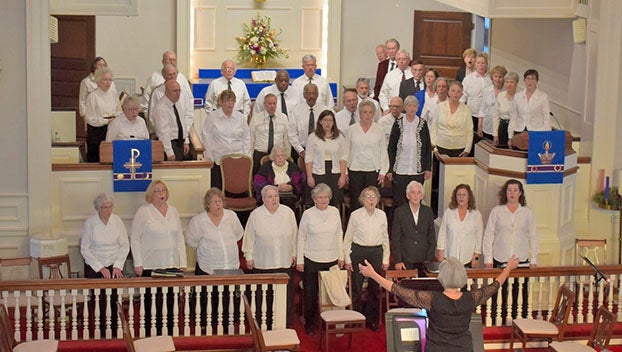The Five Love Languages
Published 8:13 am Thursday, February 21, 2019
The Five Love Languages by Gary Chapman shows the different expressions of love and how they are given.
They are as follows: affirmation, quality time, gifts, acts of service and physical touch. One or more of these is the means by which we feel loved. Normally we give to others the love language we desire. However, if we express a language that is not what others require then they will not feel loved. This is why we need to search for the love language of the person we are with. These principles are universal and may be applied to all relationships.
The first of the love languages is words of affirmation. Chapman quotes Mark Twain, “I can live for two months on a good compliment.” Some of us seek affirmation by asking how we look or if we do a good job. A few words of appreciation and encouragement can help alleviate our insecurity. Words of kindness can remove walls of defense which then allows intimacy to develop.
The second love language is to have quality time, which means to have one’s undivided attention. What some crave is personal interaction such as a date night or a weekend away. We must discipline our thoughts, words and hearing, in spite of the distractions, directly on the other person.
The third of the love languages is receiving gifts. We give them for Christmas, birthdays, weddings, baby showers, etc. A gift says much about the giver. The receiver is important enough for one to take the time to purchase or make a special gift. These are the visual symbols that say I love you and are there to remind us for days and weeks to come.
The fourth love language is acts of service. Doing something for or with someone, as Chapman says, fills their love tank. In most marriages today both parties have jobs. One of the most important ways to say I love you could be helping one another with chores at home.
The fifth love language is physical touch. Our bodies are able to feel sensations from touch that will convey emotions of intimacy, security or love. Simple touches such as a hug, holding hands or a hand on the shoulder can express nonverbal love. A deeper expression of the physical touch, for some, is to be sexual.
The Bible says husbands and wives are to become as one which starts with the physical through the sexual union. It continues emotionally as they become one by sharing mutual interests both enjoy. Ultimately they become one spiritually by helping each other to be all they can be for the Lord.
Love may begin as infatuation, whereas a deep lasting love needs to develop over time. We will have to study people to see how they want to receive love. If, at first, it demands practice, get busy and watch love grow and the relationship flourish.
REV. STEVE CONWELL can be reached at SteveConwell@ outlook.com.





